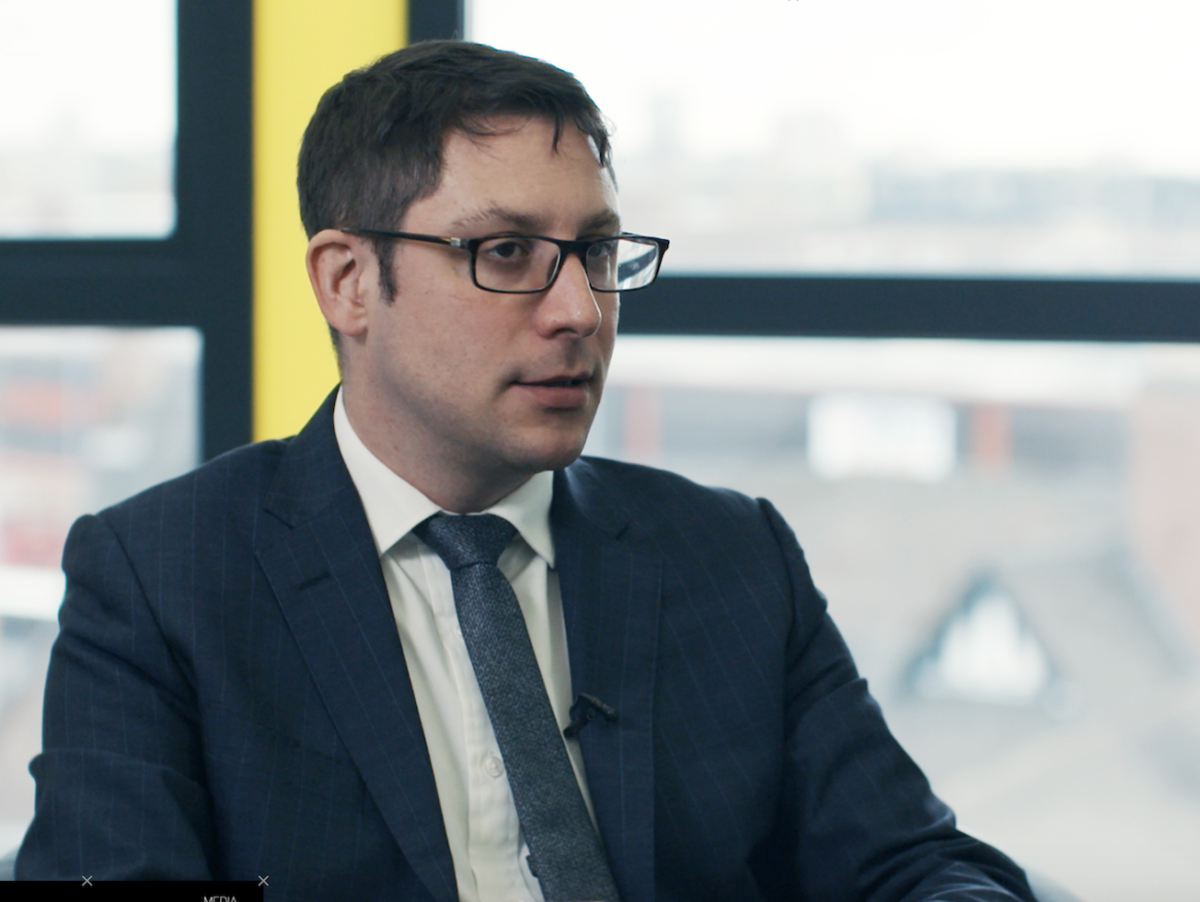
There’s a great deal of discussion at the moment about active funds and bear markets.
As we’ve explained, active managers hardly covered themselves in glory in the market rout in March. SCM Direct analysed 627 UK-domiciled active funds, and found that in the first quarter of 2020. Although there were some outperfomers, as there always are, active funds on average fell 2.1% further than the index. There were no sectors analysed where the average active fund added value against the relevant benchmark.
Even still, there are industry commentators who continue to insist that active funds will start to show their worth if the recent market recovery proves to be temporary and we re-enter bear market territory.
We recently interviewed Dr TIM EDWARDS, Managing Director of Index Investment Strategy for S&P Dow Jones Indices, on this subject. Here are three key takeaways from what he had to say.
1. Active funds perform little or no better in bear markets than they do in bull markets
Dr Edwards says:
“The evidence is unequivocal. The historical record of active funds in bull markets and bear markets is not really distinguished. In strong bull markets, active managers underperform most of the time, in most equity markets in the world. In bear markets, most active funds underperformed most of the time, in most equity markets across the world.
“However, the one qualifier I will say to that is the distinction between the potential for outperformance and the reality of outperformance. It is true, and it remains true, that there is the potential to do better by going into cash.
“The question is whether or not, historically, active managers have managed to do that.”
2. You don’t need to pay an active manager to reduce your downside risk
“If you are an investor who wishes to have participation in or a degree of exposure to the equity market, but you are worried about downside risk and you do want to have smoother returns over time, I’ll just make the observation, you don’t necessarily need an active manager to do that.
“There are things an adviser can do through portfolio construction, or even index funds that will achieve those goals for you, and often in a more reliable way. Because an active manager actually has to have some degree of timing, they need to know when the market is going to go down in advance, and the evidence tells us that’s really hard to do.”
3. Because active funds tend to take more risk, even those with a sizeable cash holding can underperform when markets fall
“We did a study a couple of years ago, looking at exactly this point: the volatility of active funds and how it compared to benchmarks. The results of that are as follows: first of all, on average, active funds tend to be a bit more risky than the benchmarks they’re benchmarked against.
“Part of that could be due to concentration, part of that may be just because they’re looking for more growth and looking to beat the benchmark. So, the record is that they’re a bit more volatile, and when you analyse the returns it looks like a lot of that volatility is coming from higher growth, more risky stocks.”
Dr Edwards’ comments are included in this video our colleagues at Regis Media produced for AES International in Dubai:
Financial advisers:
This video is an example of the regular subscription videos that Regis Media provides for financial advice firms around the world. All of the videos carry subscriber’s branding, and firms can opt to receive either one or two videos per month. If you would like to subscribe, email Sam Willet and he will provide you with pricing and other details.









